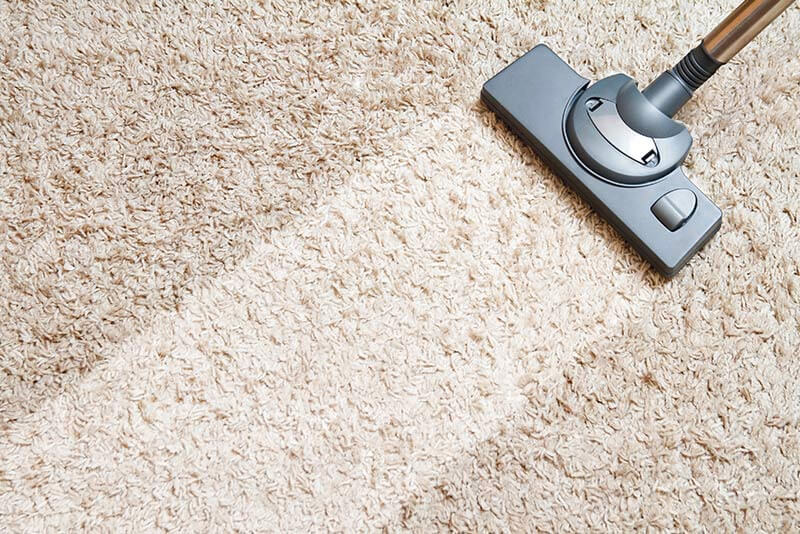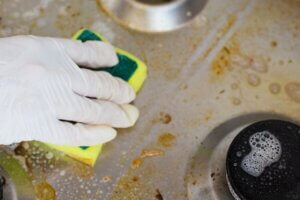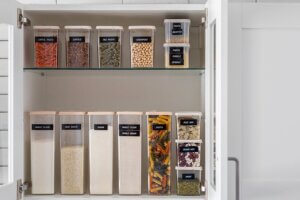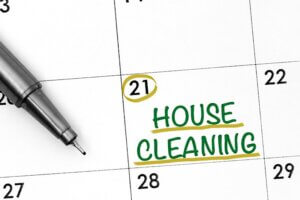BLOG

What To Do After A Hoarding Cleanup: Long-Term Prevention Tips
What To Do After A Hoarding Cleanup: Long-Term Prevention Tips
Rebuilding After A Hoarding Cleanup
Hoarding cleanup can feel like a massive weight lifted, but what comes next truly matters. Life doesn’t automatically reset just because the clutter is gone. Taking the right steps afterward helps prevent relapsing into old habits. Whether you’ve handled the hoarding cleanup yourself or brought in professionals, the aftermath is a perfect chance for a fresh start.
Navigating the emotional residue and organising your environment post-cleanup requires thoughtfulness and strategy. Your home is now a clean slate, but maintaining it calls for more than just good intentions. This is your opportunity to establish new routines, rethink your relationship with things and protect your space from future chaos.
Create A Sustainable Daily Routine

Consistency becomes your best mate when building a clutter-free life. A daily routine helps ensure your home stays manageable. Start by making your bed every morning—it’s a quick win that sets the tone. Allocate ten minutes each day to walk through your living area, putting things back in their proper place.
Rather than letting dishes pile up, wash them after each meal. Not only will your kitchen thank you, but your mind will too. A daily wipe-down of benches and tables discourages mess from accumulating. It’s the little habits that create the big shifts over time.
Make cleaning less overwhelming by assigning small tasks to specific days. For example, vacuum on Mondays, clean the bathroom on Wednesdays and so on. Don’t aim for perfection. The goal is maintenance, not museum-level cleanliness. When done consistently, your space becomes easier to manage and far less stressful.
Address Emotional Triggers
Clutter often ties back to emotional baggage. Identifying your emotional triggers helps break the cycle that led to hoarding in the first place. Did stress, grief or anxiety spark the behaviour? Recognising the emotional roots allows you to manage them without resorting to stuff.
Seek out healthy coping mechanisms like journaling, deep breathing or even chatting with a close friend. Acknowledging feelings instead of burying them under piles of belongings makes a world of difference. Therapy is also a powerful tool, especially cognitive behavioural therapy, which helps retrain thought patterns around possessions.
Engage in hobbies that boost your mood and focus your energy positively. Whether it’s painting, gardening or yoga—find something that lights you up. Replace the need to hoard with activities that offer joy and structure. Over time, the emotional grip of clutter begins to loosen.
Organise With Intention

After a hoarding cleanup, resist the urge to immediately re-fill empty spaces. Embrace minimalism or at least a simplified style of living. Keep only what you use, love or need. Everything else? Let it go or donate it to someone who might actually use it.
Invest in functional storage solutions. Baskets, shelves and containers help keep things tidy, but don’t overdo it. Too much storage can encourage hoarding tendencies again. Label everything clearly, so you always know where items belong.
Categorise your items—kitchenware, books, clothing, etc.—and assign a specific spot for each. Adopt a “one in, one out” rule to prevent unnecessary build-up. Bought a new pair of shoes? Donate an old one. This practice helps maintain balance without effort.
Stay Connected To A Support Network
Social isolation is often linked to hoarding. Building or rebuilding relationships can offer the accountability and support you need to avoid slipping back. Share your progress with friends or family. Let them know how they can help—maybe they check in weekly or come over for tea and a tidy-up.
If your support circle is small or non-existent, consider joining a local support group. Many communities offer meetings specifically for hoarding disorder recovery. Talking to others who’ve been through a hoarding cleanup and are working to stay on track is incredibly validating.
In addition to emotional support, practical assistance can also be beneficial. Ask a friend to help you sort mail once a week or go with you to the op shop to donate unused items. Accepting help doesn’t mean you’re failing—it means you’re smart enough to know the value of community.
Schedule Regular Maintenance Cleanups

A one-time hoarding cleanup isn’t enough. To stay on top of things, plan routine maintenance cleanups. These don’t need to be major undertakings. A monthly deep-clean or a seasonal purge keeps your space feeling fresh and under control.
Mark these dates on your calendar so they’re non-negotiable. Treat them like you would a dentist appointment—important and worth showing up for. During these sessions, focus on high-traffic areas that tend to gather clutter: the kitchen bench, coffee table and bathroom counter.
Use this time to reassess what’s truly necessary. Haven’t used something in six months? It’s probably time to let it go. Donate, recycle or toss responsibly. The goal is to keep stuff moving out at the same rate it’s coming in. A little effort now prevents a massive cleanup later.
Professional Hoarding Cleanup
In the event you find yourself in need of a professional hoarding cleanup service, the team at National Trauma (NTCSC) are here to help. We’re available anytime 24/7 whenever you need us. Speak to our compassionate team today.